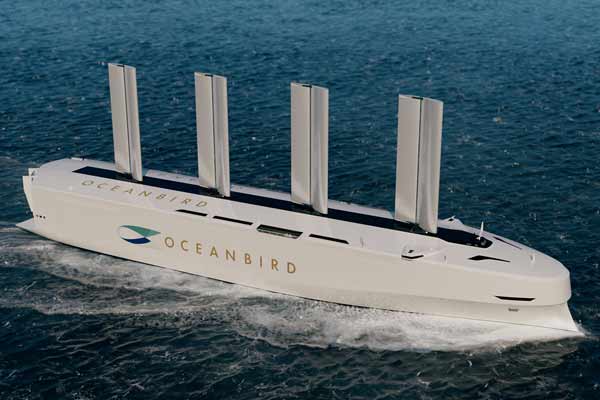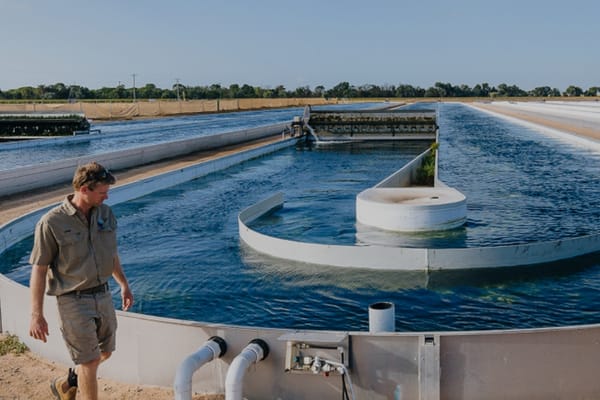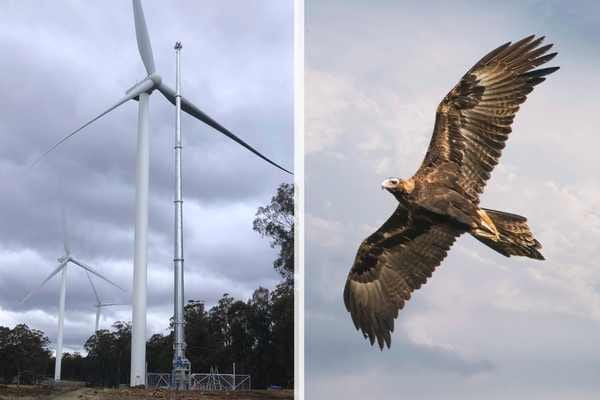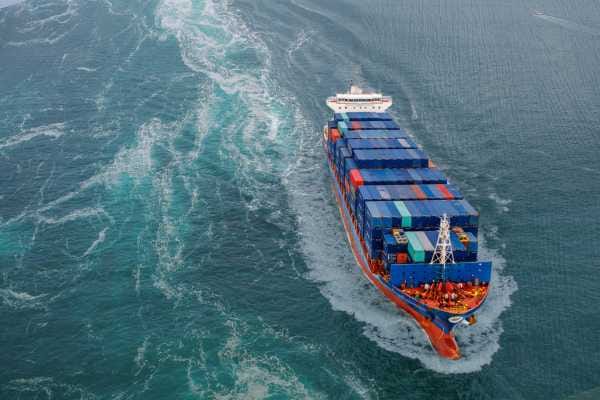Cargo ships are sprouting wings
A wing-based sail design that takes inspiration from an airliner is about to shake up shipping.

Large marine vessels may soon be gliding across the ocean if a new breed of aerodynamic sail designs pass muster.
A wing-based sail design that takes inspiration from an airliner is about to shake up the shipping industry.
The innovative Swedish technology seeks to power even the largest vessels by wind, dramatically cutting emissions by up to 90%.
It achieves this using similar aerodynamics to the airline industry with a main sail and a flap working together to optimise the force of the wind.
Part of the wing can be folded away so the rest of the wing can be tilted when entering a harbour, passing under a bridge or if the surface area needs to be reduced due to strong winds.
The Oceanbird concept has its roots in a sustainability road map established ten years ago at Wallenius Marine to eliminate emissions from shipping.
The first fruits of this initiative will be a winged cargo car carrier named Orcelle Wind.
The Oceanbird ‘wing’ technology that will power this craft is the result of a collaboration between Wallenius Marine, KTH Royal Institute of Technology and SSPA/RISE. Wallenius has now partnered up with industrial designer Alfa Laval to build the Orcelle Wind.
Niclas Dahl, managing director at Oceanbird, says that collaboration has been instrumental to the Oceanbird concept, by gathering people across different sectors and companies.
“By working together, we will bring the Orcelle Wind project to life – and by that – take a huge step towards truly sustainable shipping,” he says.
The shipping industry is a major emitter of climate pollution, according to the International Council on Clean Transportation, and emissions are expected to double by 2050 as global demands on the sector increase.
Oceanbird says it wants to “take de-carbonisation one step further, by contributing to changing, updating, and remodelling an entire industry”.
"By working together, we will bring the Orcelle Wind project to life, and by that, take a huge step towards truly sustainable shipping."

The technology is being developed to supply wing rigs for both new builds and retro-fits and it also aims to reduce underwater sound pollution to benefit marine creatures.
“The two-part wing sail design enables us to generate substantially more power relative to the wing size,” Oceanbird technical director Mikael Razola says. “This gives us many added benefits, such as less material usage, low weight and smaller deck footprint to mention a few.”
A car carrier was chosen as the first project because of the advancements the car industry has already made towards decarbonisation, making supply chain innovations a natural fit.
Other cargo ship operators are also working on solutions to decarbonise the shipping industry. While many of these have focused on switching to methane-based fuels, companies such Michelin and Neoline Armiteur are also working on new sail systems that are retractable to allow travel under bridges to access ports.
Michelin’s WISAMO inflatable wing sail is being installed on Compagnie Maritime Nantaise’s container ship MN Pélican and the company recently received approval in principle (AiP) by certification organisation DNV.
And the Neoliner, being developed by French start-up NEOLINE Armateur, recently began construction. It will be equipped with two 76-meter-high SolidSail folding carbon masts and retractable anti-drift plans.
A startup called Airseas is also working in partnership with Airbus to develop a ‘Seawing’ solution that combines kite-technology with an automated flight control system to harness the power of the wind.
The tech
The Oceanbird wing sail acts like a vertical airplane wing, using aerodynamics to move a vessel forward as it interacts with the wind. This works because the air flow on one side of the wing goes faster than the air beneath it, and this pressure differential generates the ‘lift’. The wing sail uses the optimal angle of attack from the wind to generate thrust, and its symmetrical design enables it to use power from the wind on both sides. Without the curved camber found in a traditional sail, designers allow the main sail and flap to form a camber. The wind then accelerates on the outer part of the wing and recedes on the inner part, boosting the lift and improving overall performance.
Who funds it
The Oceanbird concept was supported by the Swedish Transport Administration and the Orcelle Wind sailing vessel also recently secured €9 million of Horizon Europe funding.
Is it ready to roll
Over the next five years Oceanbird expects to complete the development of the wind-powered Orcelle Wind, and is planning to commence sailing in late 2026 or early 2027.





